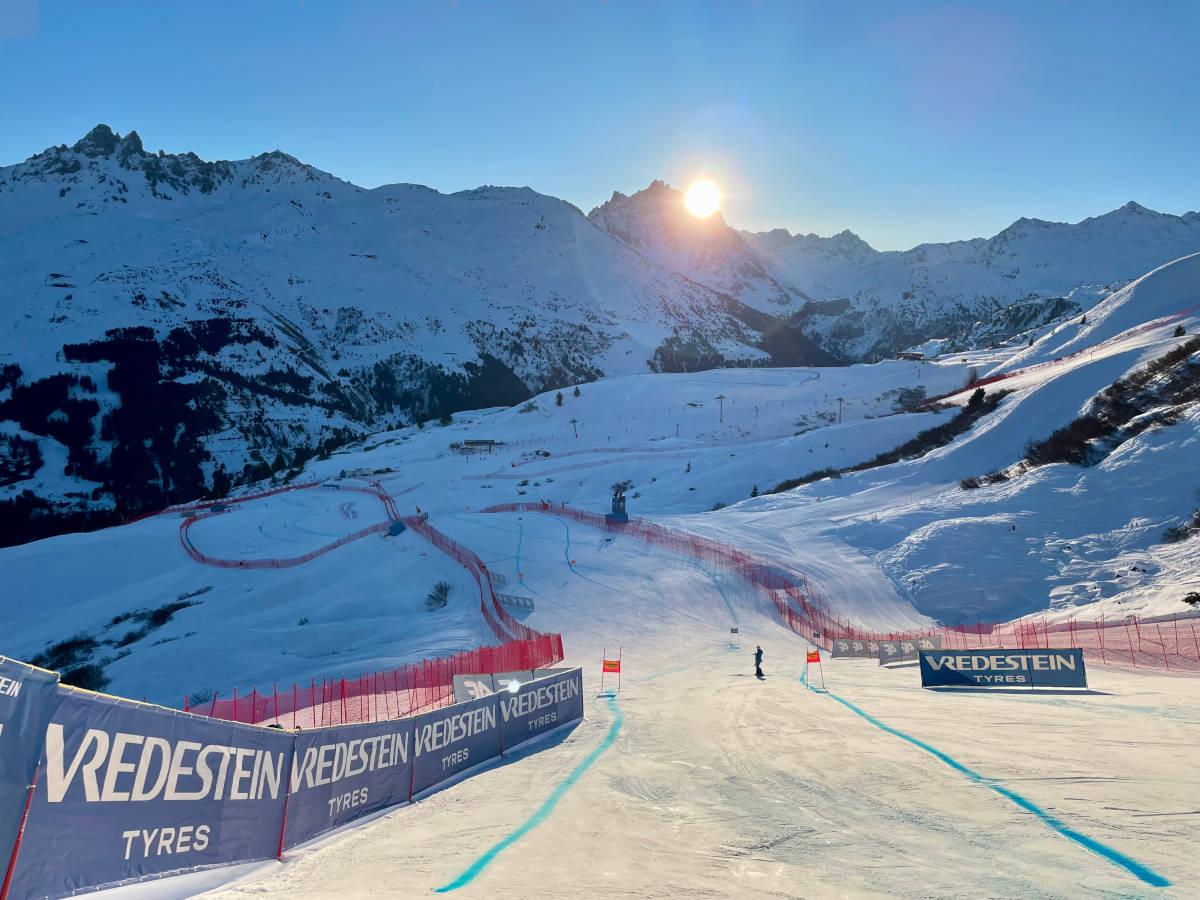If you’re watching a World Championship and the feed cuts out mid-race, you don’t curse the production crew, the commentators, or the camera operators. You curse the system. The black box in the middle. The bit no one sees, but everything runs through.
That box is the on-site Master Control Room (MCR) that is situated within the International Broadcast Centre (IBC) at major events
In the slick world of sports broadcasting, the MCR is the least glamorous but one of the most important bit of kit. It's where everything converges and where it can all go wrong. The production team might grab the headlines, but the MCR keeps the feed alive to ensure delivery to broadcasters.
What does an on-site MCR actually do?
“The onsite MCR is the link between the production facilities and the rights holding broadcasters,” according to Christophe Barbe, HBS’ Head of Broadcast Infrastructure for Infront Productions. It’s a live operations nerve centre that is “monitoring and distributing every feed that is produced locally at the events.”
At large events with multiple venues, varying formats, and a parade of different feeds, the MCR ensures consistency. More importantly, it ensures quality.
“The key element of the MCR is the quality control,” adds Steve Despres, HBS’ Senior Engineering Manager for Infront Productions. “We take care in the MCR of the quality of your video signals.”
Why the right setup makes all the difference
Sport doesn’t arrive with a pre-packaged broadcast solution. Every individual event has to be planned, mapped and tested.
“When we are selected for an event, we start to work with the federation, to define the needs,” says Steve.
Then comes the planning phase which includes the feasibility of delivering what is being asked, concept testing and, most importantly, cost. Despite it being a high-tech industry, this stage takes a surprisingly analogue shape.
“We start with a piece of paper and we try and draw and define all the needs for production.”
Then comes the logistics, something few ever truly get excited about, but is an absolute requirement to high-quality production.
“We need to imagine the quantity of equipment to be shipped overseas, all around the world before it is dispatched at the venue,” adds Steve.
The start of sports event coverage, then, often begins in a warehouse. In our case, it’s a specific warehouse, outside of Paris. Owning this space enables the team to almost fully set up the MCR off-site and test it before it is shipped onsite to ensure a smooth operation on the ground.
The shift to remote control (and why it matters)
Sport is getting bigger, and technology is acting as an enabler to that growth. But whilst the future is about scalability, there is equally the need to reduce onsite personnel to cut back travel and minimise environmental impact. That doesn’t mean compromising on quality. Which is where remote control enters the frame.
“We have developed a web panel application that enables [users] to remote control the MCR router allowing broadcasters to have less footprint onsite at the IBC” says Christophe.
It allows full teams to switch all ISO feeds on the router from anywhere. The signal can be managed, monitored and switched without the broadcaster needing to touch a physical panel.
Changes like this sound small, but it helps scale how an event is staffed, how resources are allocated, and how sustainable a broadcast operation can be, something which benefits our broadcast partners directly.
The invisible value
Most of this goes unnoticed. If the feed works, no-one thinks about the MCR. If it fails, everyone remembers it. The point, then, is not just to make it work, but to make it forgettably good.
“Thanks to constant innovation and the investments into our equipment and the investments on our team, we are in a very good position to deliver those services efficiently,” says Christophe. “What we are looking into for the future is to see how we can limit the on-site footprint… for better carbon footprint, and sustainability reasons.”
If you’re a federation or an organiser running a major event, you probably won’t give much thought to the MCR. But you should. Because if you want a broadcast that works effortlessly it’s where your attention should be. Briefly. And then, hopefully, never again.

/Images-Logos/10062025_Website_MCR.jpg?width=1215&name=10062025_Website_MCR.jpg)


/Images-Logos/17052025_Blog_Rome%20Marathon.jpg)
/Images-Logos/09072025_Blog_Nordic%20brand%20implementation.jpg)
/Images-Logos/02062025_Blog_Next%20Play%20active%20lifestyle.jpg)